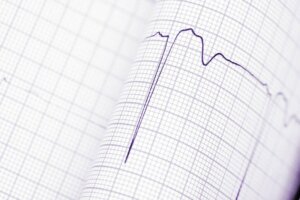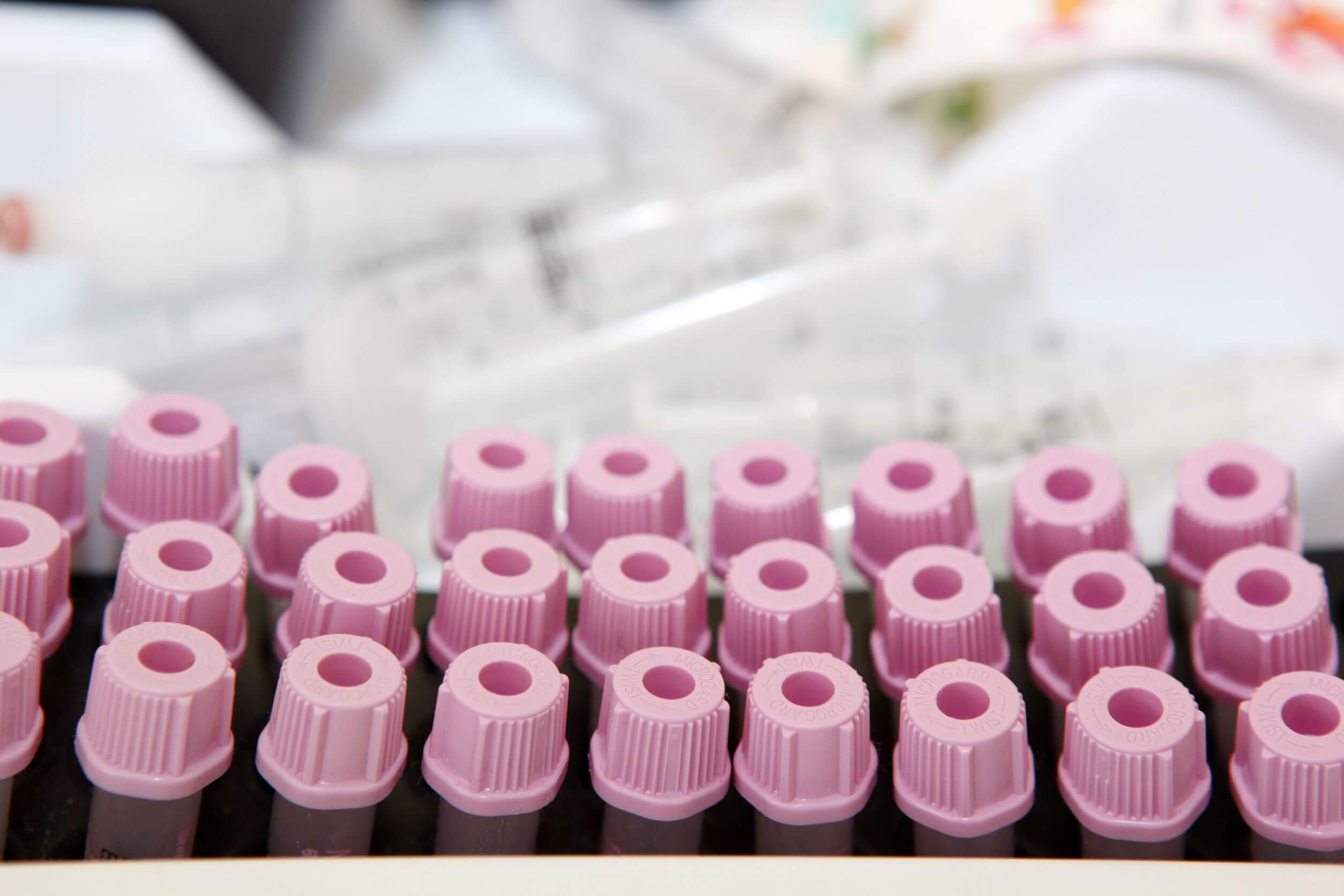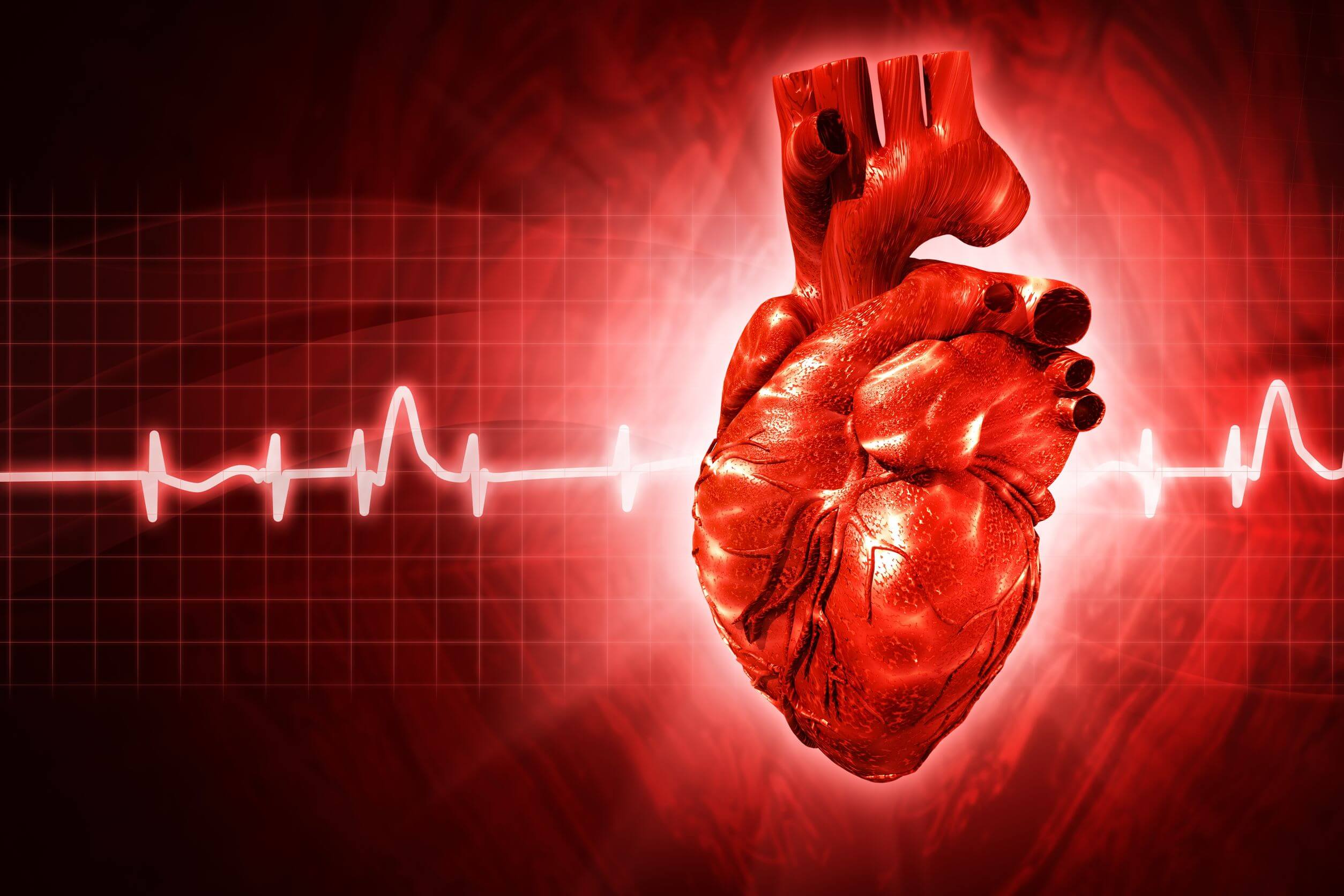Diagnosis of Cardiac Arrhythmias

The diagnosis of cardiac arrhythmias goes far beyond just studying the patient’s history and having a physical examination. This is because, although both can provide useful information for the doctor in the first instance, they don’t allow us to delve into key aspects that can help reduce the number of hypotheses.
Therefore, it’s necessary to ask the patient to undergo several studies to refine the diagnosis. To a greater or lesser extent, noticing irregularities in the heart rhythm or feeling that the heart is going too slow or too fast is uncomfortable, especially if it occurs together with other symptoms.
Now, although this discomfort requires a medical check-up to determine its cause, one must be careful not to be alarmed. They don’t necessarily have to be a sign of a bigger problem.
Differential diagnosis
Given that many diseases have similar signs and symptoms, and that cardiac arrhythmias can have various underlying causes, in many cases, it’s necessary to resort to a differential diagnosis.
The differential diagnosis mainly includes a physical examination and an interview. In the latter, the doctor will ask questions about the symptoms or discomfort you experience, your lifestyle, if you have had discomfort or other health problems (such as high blood pressure) before, your family history, your mood etc.
Lab tests

Unlike what happens with other health problems, cardiac arrhythmias can’t be diagnosed from laboratory tests (such as a blood or urine test, for example).
Therefore, these and others are requested as a supplement to find out more details about the patient’s health status (cholesterol, blood sugar, etc.).
After having gathered all the necessary information, the differential diagnosis is used to provide information to the patient about the diseases that may be behind the symptoms that they’re experiencing.
Studies for the diagnosis of cardiac arrhythmias
The tests that are requested for the diagnosis of cardiac arrhythmias are the ones that we’re going to mention below.
Electrocardiogram
In this test, a device is used to measure the time and duration of the heartbeat or, rather, each electrical phase of the heartbeat.
Holter monitor
The Holter monitor is a device that allows you to monitor cardiac activity for 24 hours or more. It isn’t necessary to modify your lifestyle, quite the contrary. The ideal thing is to carry out your usual activities in order to be able to evaluate how the heart is working on a day-to-day basis.
Episode recorder
If arrhythmias occur sporadically, your doctor may ask you to have an episode recorder handy to put on when you experience symptoms. In this way, you’ll be able to obtain information about the cardiac activity at the time when arrhythmias occur.
Echocardiogram

The echocardiogram is a device that uses sound waves to provide images of the heart. In this way, the doctor can check its size, structure, and movement. It’s a non-invasive test.
Implantable loop recorder
When symptoms are rare, your doctor may implant this device (under the skin in your chest area) so that a record of the electrical activity of your heart can be obtained later. This makes it possible to detect abnormalities in the heart rhythm.
Other tests that the specialist may require are the following:
- Stress test: In this test, the doctor asks the patient to exercise on a stationary bike or treadmill to try to repeat the arrhythmia and assess what happens then.
- Tilt table test: The doctor orders this test for patients who have experienced arrhythmias with fainting spells. It’s performed on a table, with the patient lying down, but bending over to assess what happens with the change in angle. Blood pressure is also monitored.
- Mapping and electrophysiological tests: In these tests, the doctor uses electrodes to make the heart beat at different rates and which could trigger or stop an arrhythmia.
Final recommendations
Many people of different age ranges, both healthy and with chronic diseases (such as diabetes or hypertension), can suffer from cardiac arrhythmias. These don’t always pose a high health risk. In some cases, they can even be benign.
Even so, it’s advisable to consult a specialist for a proper check-up and diagnosis. This won’t only permit you to know more about the origin of the problem, but will also show you how to take care of yourself on a daily basis and how often it would be advisable to have a check-up.
After the diagnosis of cardiac arrhythmias, it’s essential to follow the doctor’s instructions. At the same time, improve lifestyle habits to promote (and maintain) a good quality of life over time.
The diagnosis of cardiac arrhythmias goes far beyond just studying the patient’s history and having a physical examination. This is because, although both can provide useful information for the doctor in the first instance, they don’t allow us to delve into key aspects that can help reduce the number of hypotheses.
Therefore, it’s necessary to ask the patient to undergo several studies to refine the diagnosis. To a greater or lesser extent, noticing irregularities in the heart rhythm or feeling that the heart is going too slow or too fast is uncomfortable, especially if it occurs together with other symptoms.
Now, although this discomfort requires a medical check-up to determine its cause, one must be careful not to be alarmed. They don’t necessarily have to be a sign of a bigger problem.
Differential diagnosis
Given that many diseases have similar signs and symptoms, and that cardiac arrhythmias can have various underlying causes, in many cases, it’s necessary to resort to a differential diagnosis.
The differential diagnosis mainly includes a physical examination and an interview. In the latter, the doctor will ask questions about the symptoms or discomfort you experience, your lifestyle, if you have had discomfort or other health problems (such as high blood pressure) before, your family history, your mood etc.
Lab tests

Unlike what happens with other health problems, cardiac arrhythmias can’t be diagnosed from laboratory tests (such as a blood or urine test, for example).
Therefore, these and others are requested as a supplement to find out more details about the patient’s health status (cholesterol, blood sugar, etc.).
After having gathered all the necessary information, the differential diagnosis is used to provide information to the patient about the diseases that may be behind the symptoms that they’re experiencing.
Studies for the diagnosis of cardiac arrhythmias
The tests that are requested for the diagnosis of cardiac arrhythmias are the ones that we’re going to mention below.
Electrocardiogram
In this test, a device is used to measure the time and duration of the heartbeat or, rather, each electrical phase of the heartbeat.
Holter monitor
The Holter monitor is a device that allows you to monitor cardiac activity for 24 hours or more. It isn’t necessary to modify your lifestyle, quite the contrary. The ideal thing is to carry out your usual activities in order to be able to evaluate how the heart is working on a day-to-day basis.
Episode recorder
If arrhythmias occur sporadically, your doctor may ask you to have an episode recorder handy to put on when you experience symptoms. In this way, you’ll be able to obtain information about the cardiac activity at the time when arrhythmias occur.
Echocardiogram

The echocardiogram is a device that uses sound waves to provide images of the heart. In this way, the doctor can check its size, structure, and movement. It’s a non-invasive test.
Implantable loop recorder
When symptoms are rare, your doctor may implant this device (under the skin in your chest area) so that a record of the electrical activity of your heart can be obtained later. This makes it possible to detect abnormalities in the heart rhythm.
Other tests that the specialist may require are the following:
- Stress test: In this test, the doctor asks the patient to exercise on a stationary bike or treadmill to try to repeat the arrhythmia and assess what happens then.
- Tilt table test: The doctor orders this test for patients who have experienced arrhythmias with fainting spells. It’s performed on a table, with the patient lying down, but bending over to assess what happens with the change in angle. Blood pressure is also monitored.
- Mapping and electrophysiological tests: In these tests, the doctor uses electrodes to make the heart beat at different rates and which could trigger or stop an arrhythmia.
Final recommendations
Many people of different age ranges, both healthy and with chronic diseases (such as diabetes or hypertension), can suffer from cardiac arrhythmias. These don’t always pose a high health risk. In some cases, they can even be benign.
Even so, it’s advisable to consult a specialist for a proper check-up and diagnosis. This won’t only permit you to know more about the origin of the problem, but will also show you how to take care of yourself on a daily basis and how often it would be advisable to have a check-up.
After the diagnosis of cardiac arrhythmias, it’s essential to follow the doctor’s instructions. At the same time, improve lifestyle habits to promote (and maintain) a good quality of life over time.
-
“Arritmias – Fundación Española Del Corazón.” n.d. Accessed May 26, 2021. https://fundaciondelcorazon.com/informacion-para-pacientes/enfermedades-cardiovasculares/arritmias.html.
-
“Arritmia Cardíaca – Diagnóstico y Tratamiento – Mayo Clinic.” n.d. Accessed May 26, 2021. https://www.mayoclinic.org/es-es/diseases-conditions/heart-arrhythmia/diagnosis-treatment/drc-20350674.
-
Brent Mitchell, L. n.d. “Revisión de Las Arritmias – Trastornos Cardiovasculares – Manual MSD Versión Para Profesionales.” Accessed May 26, 2021. https://www.msdmanuals.com/es/professional/trastornos-cardiovasculares/arritmias-y-trastornos-de-la-conducción-cardíaca/revisión-de-las-arritmias.
-
“Pruebas Habituales Para El Diagnóstico de Arritmia | Go Red For Women.” n.d. Accessed May 26, 2021. https://www.goredforwomen.org/es/health-topics/arrhythmia/symptoms-diagnosis–monitoring-of-arrhythmia/common-tests-for-arrhythmia.
Este texto se ofrece únicamente con propósitos informativos y no reemplaza la consulta con un profesional. Ante dudas, consulta a tu especialista.







